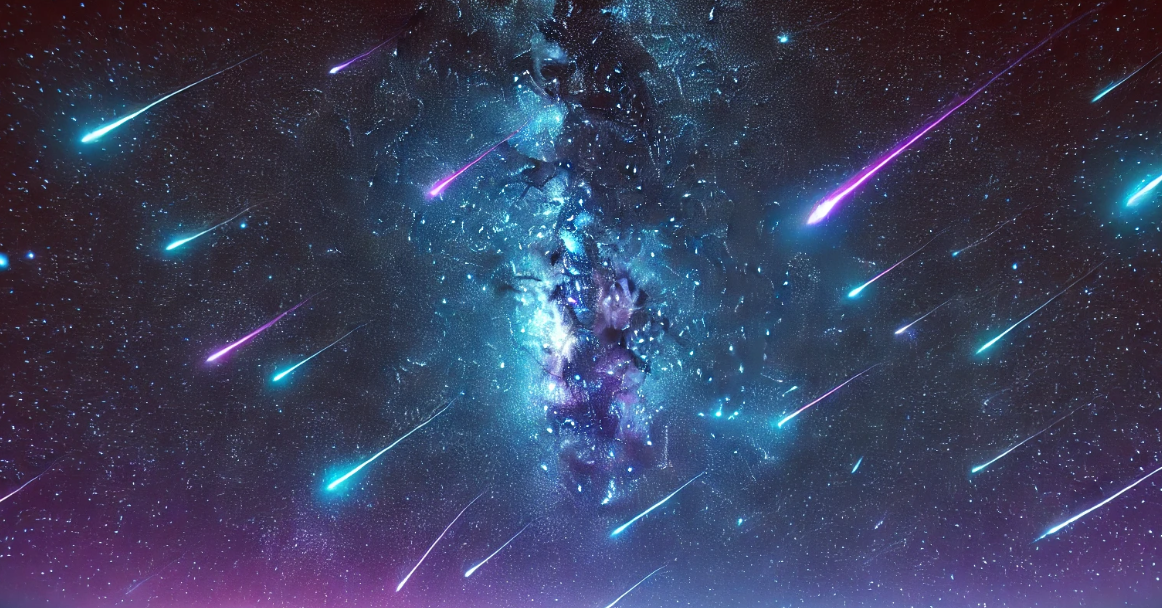The Orionid meteor shower, one of the most stunning annual meteor displays, is currently gracing our skies. Originating from Halley’s Comet, this shower peaks in mid-October but continues to light up the sky through November 22. The Orionids are renowned for their brightness and speed, offering a celestial spectacle for both amateur and seasoned astronomers.
- Orionid Meteor Shower Origins: The Orionids come from debris left by Halley’s Comet, lighting up the skies each October and November as Earth crosses the comet’s path.
- Peak Viewing: The shower peaks in mid-October but continues until November 22, with up to 15 meteors visible per hour in ideal conditions.
- Spectacular Visuals: Known for their speed and brightness, Orionids often create glowing trails or “trains,” and occasionally, fireballs.
- Viewing Tips: NASA recommends finding a dark spot away from city lights, allowing 30 minutes for your eyes to adjust to the dark for the best viewing experience.
NASA reports that the Orionids result from Earth’s orbit intersecting with debris left by Halley’s Comet. Each time Halley returns to the inner solar system, it sheds ice and rocky dust into space. These dust grains become the Orionids in October and the Eta Aquarids in May. During the peak, observers can expect to see up to 15 meteors per hour, depending on their location in the Northern Hemisphere.
The Orionids travel at high speeds and are known to create glowing “trains,” or incandescent trails, which can linger for several minutes. Some meteors may even become fireballs, adding to the visual spectacle. Despite the bright waning gibbous moon potentially outshining fainter meteors, clear nighttime skies improve viewing opportunities.
NASA advises skywatchers to find a dark location away from city lights for the best experience. Bill Cooke from NASA’s Meteoroid Environment Office suggests lying flat on your back with a blanket to maximize your view. Allow your eyes about 30 minutes to adjust to the dark, enhancing your chances of spotting meteors.
The Orionids are visible from both the Northern and Southern Hemispheres, particularly in the hours after midnight until dawn. With Halley’s Comet taking 76 years to orbit the Sun, it won’t return to the inner solar system until 2061. However, the Orionids provide an annual glimpse of the comet’s remnants.
As the Orionid shower continues through November, take advantage of clear skies and dark locations to enjoy this celestial display. Whether you’re a seasoned astronomer or a curious observer, the Orionids offer a remarkable connection to Halley’s Comet and the wonders of the cosmos.







Be First to Comment